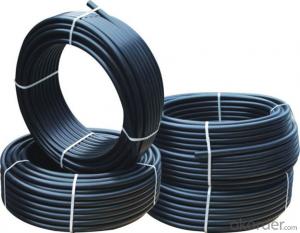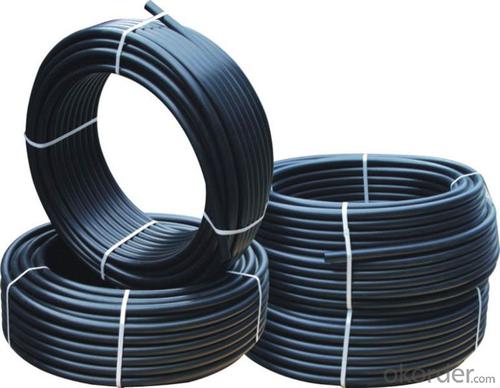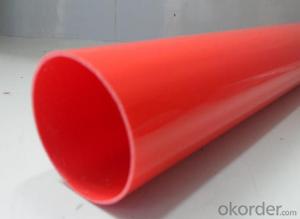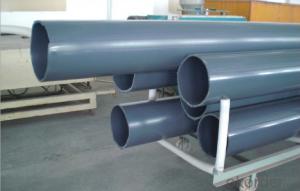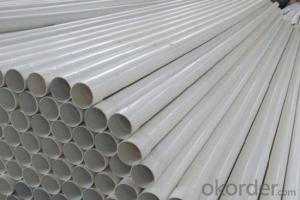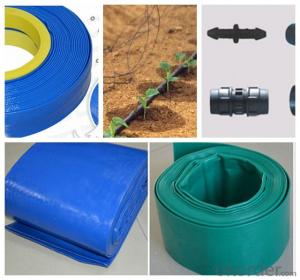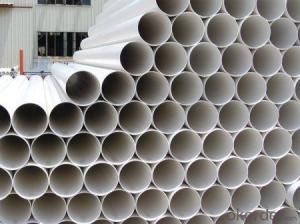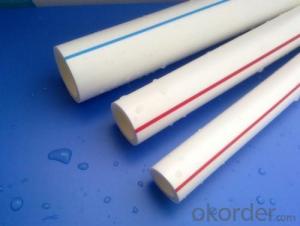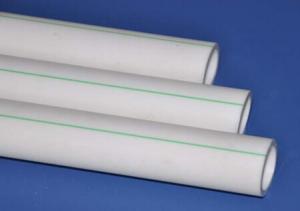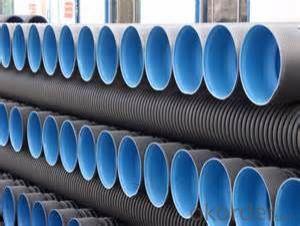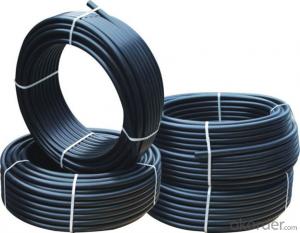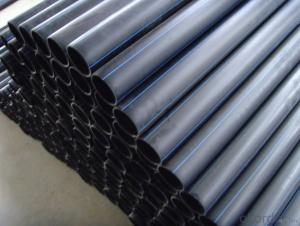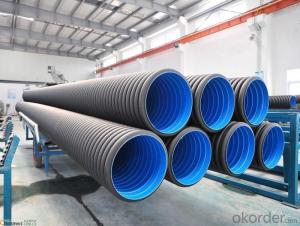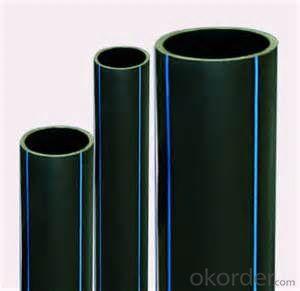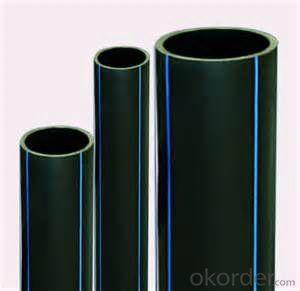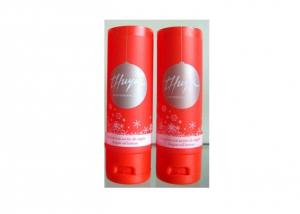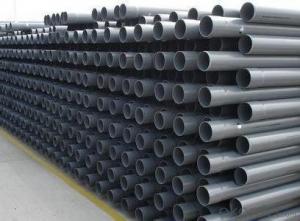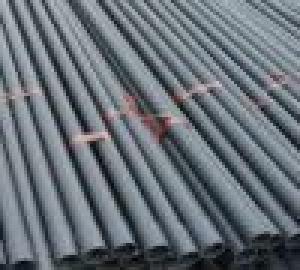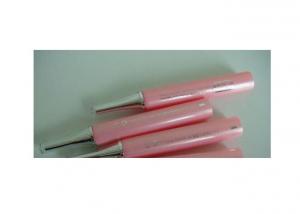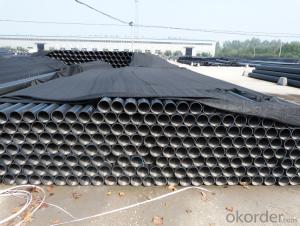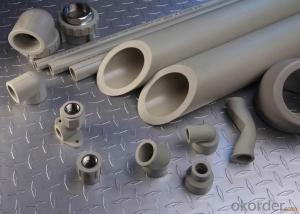Plastic Tubes - HDPE Pipe PVC Pipe PE80 PE100 CNBM
- Loading Port:
- Tianjin
- Payment Terms:
- TT OR LC
- Min Order Qty:
- 100 m
- Supply Capability:
- 3000 m/month
OKorder Service Pledge
OKorder Financial Service
You Might Also Like
Specifications
ISO 4427 hdpe pipe
1.Manufacture
2.Application:water supply
3.Diameter:20-1000mm
Advantages:
1.Nontoxic:
PE pipe material nontoxic, tasteless,it belongs to green building materials, never scaling,
which can effectively improve the water quality.
2.Corrosion resistance:
High resistance to attack from various types of chemicals. No electrochemical corrosion.
3.No Leakage:
PE pipe is connected in the ways of butt fusion, socket fusion and electrofusion and the
strength of joint point is higher than tube itself .
4.higher flow capacity:
The Smooth inner wall is easy for pipeline transportation .Under the same condition
delivery capacity can be increased by 30%.
5.Convenient for construction and installation:
PE pipe could be installed in a variety of trenchless ways, so it is very convenient for
construction and installation.
6.Lower system and maintenance costs:
PE pipe is not only convenient to transport and install, but also reduce the worker’s
labor intensity and improve work efficiency.
7.Longevity:
50 years under pressure use.
8. Recycled and Environment-friendly
- Q: What is the cost of plastic tubes compared to other materials?
- The cost of plastic tubes is typically lower compared to other materials such as metal or glass.
- Q: How do I bend the plastic pipe?
- Never heard of bending, bending tube arm thinning, pressure a large, it is easy to leak, the normal is plus elbow, joint to change direction.
- Q: How can the iron pipe be joined to the plastic hose?
- If it is 2 inches below the pipe threaded joint can be connected, if large flange connection is used.Threaded joint can be divided into inner and outer thread connector joint, like a screw connection, connection to connect the joints to prevent raw materials with Water Leakage.It's easy to open the iron tube. The hardware store has a wire opening machine. Turn it several times.
- Q: Can plastic tubes be used for gardening or irrigation purposes?
- Yes, plastic tubes can be used for gardening or irrigation purposes. They are commonly used as drip irrigation systems, allowing for efficient and targeted watering of plants. Plastic tubes are durable, flexible, and can be easily installed, making them a popular choice for gardeners and farmers alike.
- Q: Are plastic tubes suitable for use in the food processing industry?
- Yes, plastic tubes are suitable for use in the food processing industry. They are often made from food-grade materials such as polyethylene or polypropylene, which are safe for contact with food. Plastic tubes offer various advantages such as being lightweight, corrosion-resistant, and easy to clean. They are commonly used for transporting liquids, gases, or solid food products in processing plants, ensuring efficient and hygienic operations.
- Q: Hot melt connection method of PE-RT plastic pipe and the matters needing attention
- In the specified processing time, the newly welded joint can be adjusted, but no rotation.
- Q: If you buy them in bulk from the mint, what do they come in?
- 2006 American Buffalo Gold Proof One Ounce Coin Gold buffalo $800.00 coin? Individual in a case with letter of authenticity. each coin enclosed in hard round plastic and place in a blue case.. very nice and very beautifully.... The American Buffalo Gold Proof Coins are collector versions of the official United States Mint American Buffalo Gold Bullion Coins and are available in limited mintages. The designs are based on the original 1913, Type I Buffalo nickel, as designed by James Earle Fraser. very very sharp proof coin.. This coin is going to be a winner 20 years from now in the market place among collectors.. us mint link and picture catalog.usmint /webapp/wcs/sto...
- Q: Are plastic tubes resistant to chemicals?
- Yes, plastic tubes are generally resistant to chemicals.
- Q: Attempting to change the spark plugs in '00 Jeep Grand Cherokee. How do I get the plastic tubes off the plugs?
- kind of turn them as you pull no them,they will let go ,but they can be really stubborn to get off,especially if they haven't ever been changed before,don't pull on the wire part its self,it will pull the wire out of the holder and tear the end off of it,keep twisting it and it will eventually get loose,good luck on it.
- Q: UPVC pipe, HDPE pipe construction, useful 360 degrees full package foundation, what does that mean, gravel cap or concrete?.
- This plastic pipe construction, generally use medium sand as a foundation, pipe installation, the pipe surface to the top of the pipe above the scope of 500mm generally backfill sand
Send your message to us
Plastic Tubes - HDPE Pipe PVC Pipe PE80 PE100 CNBM
- Loading Port:
- Tianjin
- Payment Terms:
- TT OR LC
- Min Order Qty:
- 100 m
- Supply Capability:
- 3000 m/month
OKorder Service Pledge
OKorder Financial Service
Similar products
Hot products
Hot Searches
Related keywords
